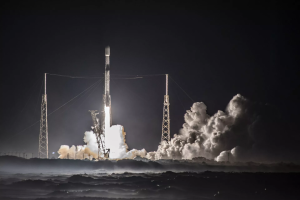As of December 2022, SpaceX has more than 3,000 satellites in orbit providing internet connectivity to more than one million active subscribers. The company’s Starlink service
In spite of the service’s apparent success, SpaceX founder and CEO Elon Musk has made multiple statements regarding the company’s cash burn rate and potential bankruptcy. With an eye toward boosting cash flow, SpaceX announced its new Starshield service near the end of 2022.
The new service, backed by Starlink technology, is specifically for governmental use and is intended to “support national security efforts.” While details are sparse, this could include use cases such as Ukraine’s military command and control. Federal contracts are often highly lucrative, and SpaceX has already landed a $1.9 million U.S. Air Force contract in August 2022 to evaluate Starlink internet services in Europe and Africa.
Musk has also publicly asked the Pentagon to pay SpaceX’s costs for delivering Starlink in Ukraine, claiming it was costing the company up to $20 million per month to operate before eventually saying he would continue to provide the service for free.
While providing satellite connectivity for governments and military is a growing opportunity expected to be worth more than $90 billion over the next ten years, SpaceX is facing very real near-term cash flow challenges centered on Starlink. The services’ terminals sell for $500, a significant discount from their $1,500 manufacturing cost, and while the more than one million subscribers are a solid number for a new telecommunications service, analysts have predicted that the company needs between five to ten million subscribers for the Starlink service to be commercially viable. Given these challenges, Starshield could prove to be a much-needed alternative revenue stream for the company.
While Starlink economics are hard to predict due to the sheer complexity of designing, building, and launching space vehicles, it is likely that the company will attract additional government funding by offering a tailored, focused product like Starshield, providing additional cash to fund the company’s further development and product offerings.

























